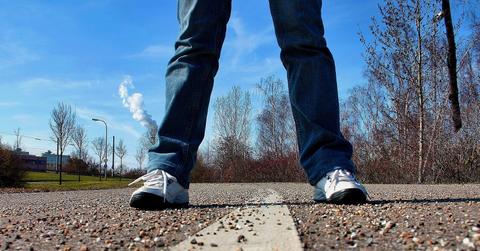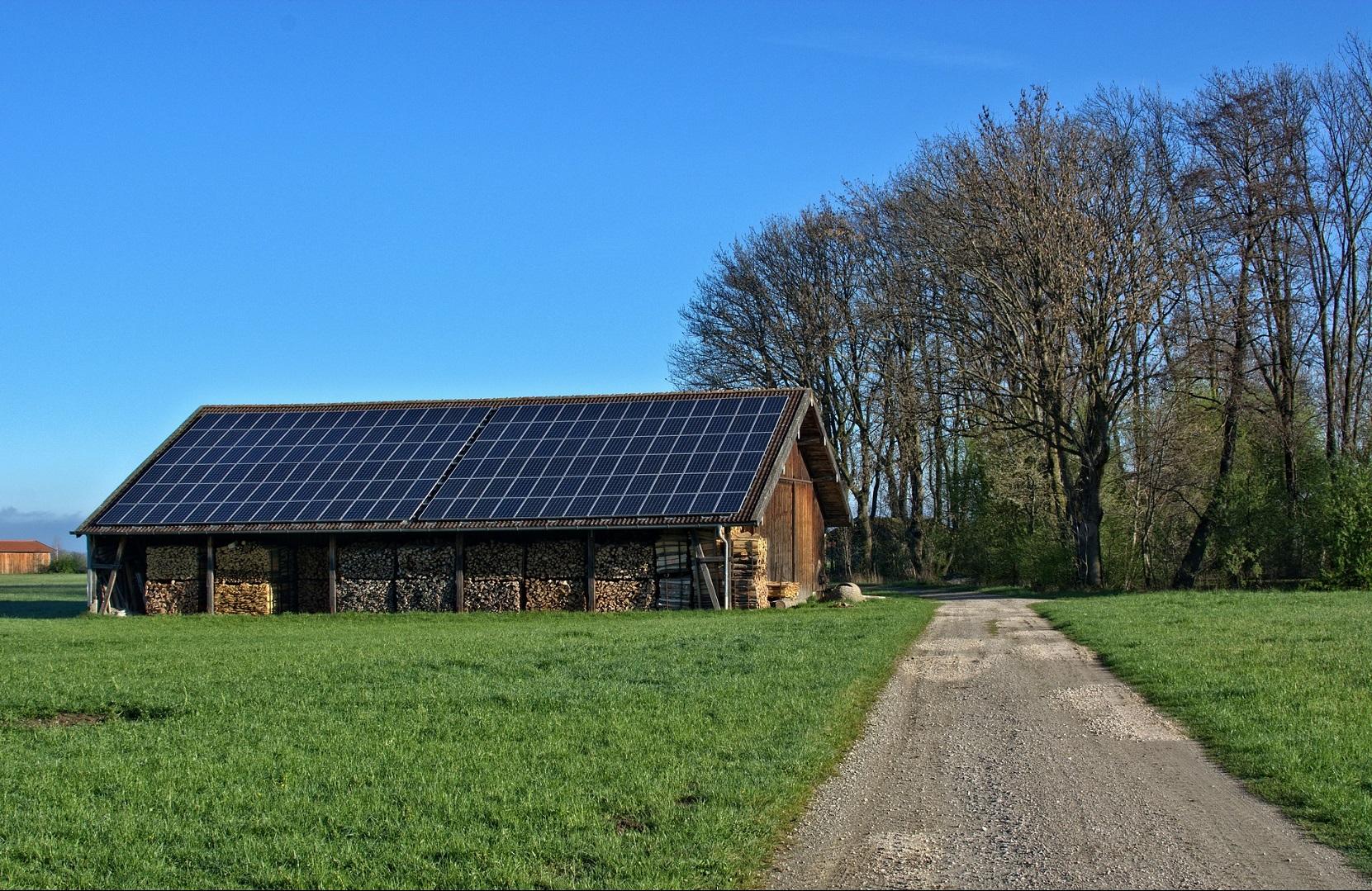These Solar Panels For Sidewalks Might Power Our Future Cities
Researchers from Thompson Rivers University have developed a way to convert solar energy into powering one of their buildings on campus. The Solar Compass Project is an effort to decrease the number of solar farms affecting our agriculture.
Updated May 23 2019, 11:51 a.m. ET
Using solar energy to fuel our electrical use continues to become a popular trend. It’s leading to roofs being replaced on housing and there are many companies in the process of creating solar farms in rural areas for additional power. However, scientists are worried about the trend of building these farms outside of urban territory. They’re hoping to figure out a way to generate solar power from other sources inside of cities and they may have been able to achieve that with solar sidewalks.
Michael Mehta, a researcher at Thompson Rivers University, developed the idea from the concern he had with agricultural land being taken away from solar farms. In an interview with Randy Moore of the Vancouver Sun, he believed that taking the advantage of “roads and pathways” were an ideal way to retrieve energy from the sun.
Worry from farming land being taken away has cropped up over the years, especially along the Eastern coast of the United States. This began back in 2008 when the Farm Bureau approved solar research on farmlands across the country. While some farmers like to benefit from the solar energy that powers their land, it can have an effect on businesses that support those people. For example, if less crops are needed in a specific area, seed companies will be forced to move or shut down altogether.
While the war of solar energy on agricultural land rages on, Mehta is busy working on the Solar Compass Project. They will be installing 64 solar panels in front of the Arts and Education Building this June on the campus he works at. It’s an area that measures at 1,200 square feet and it’s expected to generate enough electricity for approximately 1.5 households. What it will be doing is fueling the building’s electricity with an expectancy to run over 40 computers every day.
Durability is a major factor when it comes to installing solar panels in these areas. Prior to installing, the material has been tested to withstand all the foot and bicycle traffic from commuters. Even a bike path that absorbs solar energy was installed in the Netherlands back in November 2014, dubbed “SolaRoad.” They continue to research the road and added 20 meters of pathway with enhanced material. As it stands, these roads couldn’t take the pressure of cars strolling on top of them consistently.
The advancement of durability is the only thing that’s exciting when it comes to these roads and sidewalks. Alasdair Wilkins of Vocativ explains what other features could be in store for the future of these solar panels, such as “[carrying] fiber-optic signals or be used to display messages and reroute travelers in response to changing conditions.”
Solar farms will always be necessary, and the good news is that it doesn’t destroy farming on that particular land forever. Leases generally last from 20-30 years, in which these specific farms would run its lifespan. However, it would be a benefit to find any platform to gain solar energy, and installing panels on sidewalks are only the beginning of what can be done in urban areas.

